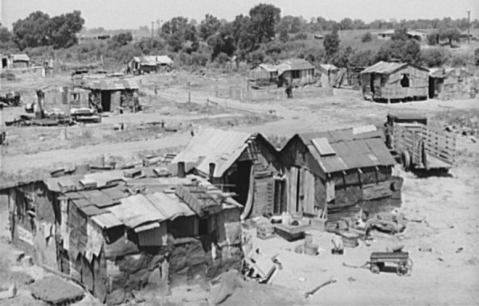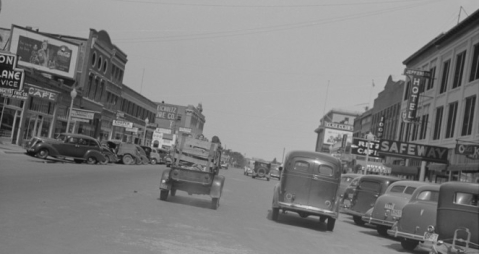11 Things You Didn't Know About The History Of Oklahoma
In previous articles we’ve covered many facts about our great state. From the bombing of Boise City to Guthrie as the first capital of the Sooner State, we’ve learned a vast amount about Oklahoma. But who doesn’t want to learn more about the state’s history? Here are 11 more facts you probably didn’t know about the history of Oklahoma:
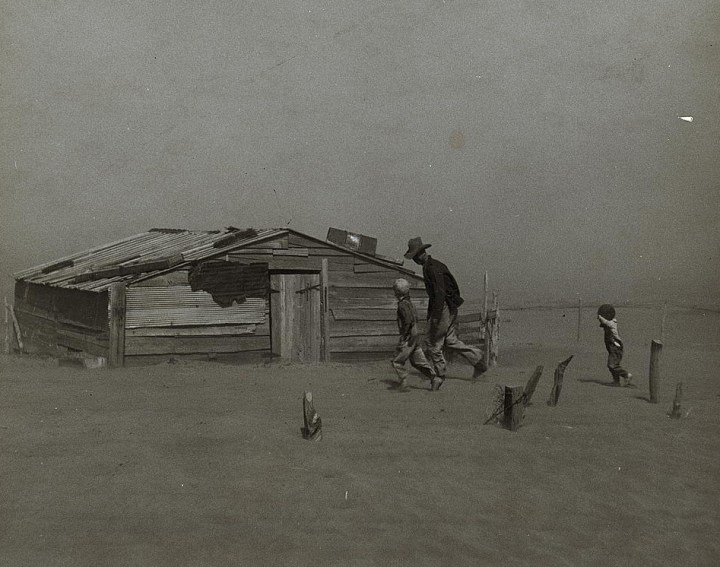
Jackrabbits and grasshoppers moved on the Plains and destroyed whatever crops could grow. Huge clouds of grasshoppers - as large as 23,000 insects per acre - according to some estimates—also swept over farms and consumed everything in their paths. The National Guard was summoned to crush grasshoppers with tractors and burn infested fields, while the Civilian Conservation Corps sprayed an insecticide of arsenic, molasses and bran.

Since static electricity could short out engines and car radios, motorists driving through dust storms dragged chains from the back of their automobiles to ground their cars.
Advertisement
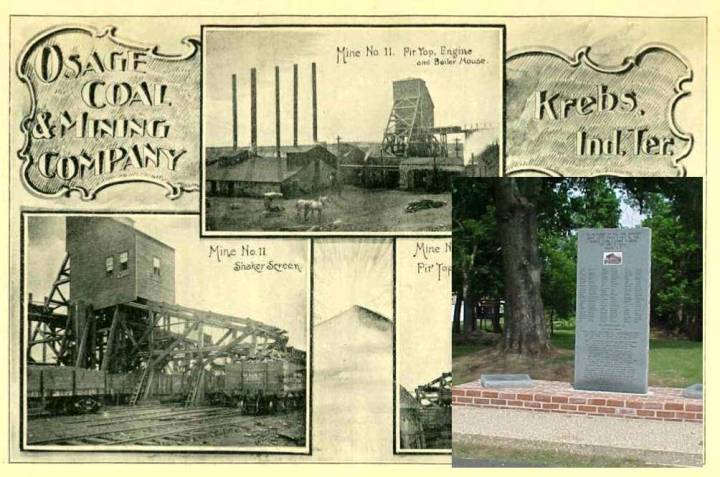
The mines were known for poor conditions and inexperienced workers. The explosion was a result of one of those inexperienced workers accidentally setting off a stash of explosives. The massive mine explosion left nearly 100 dead, and another 150 seriously injured. Almost every household in Krebs was affected. It wasn't until 2002 that the victims of the mining accident were honored with a memorial at the site of the old mine.
Advertisement

When families migrated to California during the 1930's they were all called "Okies." "Okie" was a blanket term used to describe all agricultural migrants, no matter their home states. Actually, only one fifth of all "Okies" were from Oklahoma. The migrants in California were not welcomed with open arms. They were greeted with hostility and signs such as one in a California diner that read: "Okies and dogs not allowed inside."
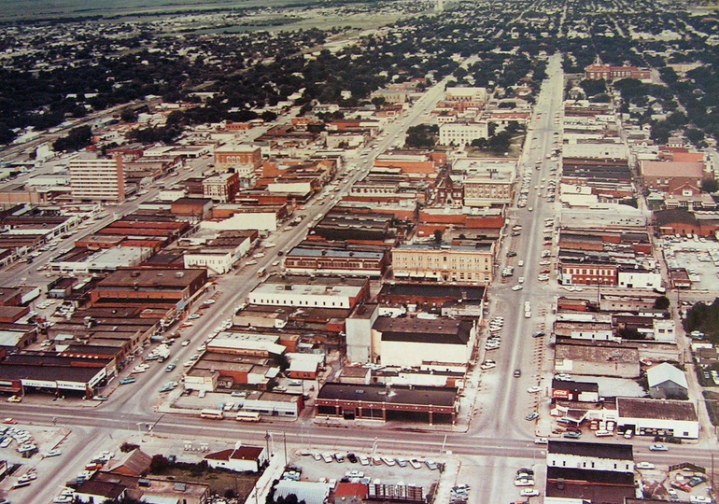
It was actually referred to as "Redmanton" before it was called Oklahoma City. That was officially changed in 1908, shortly after the state capital was awarded to Oklahoma City.

The 6th missing tribe was the Chipachawamie tribe who died early on from famine. Those that survived joined forces with the Choctaw tribe.
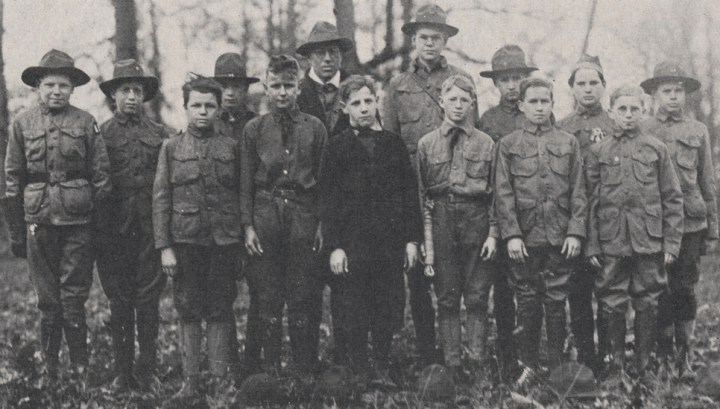
Reverend John F. Mitchell organized the first troop in Pawhuska, OK in 1909. Mitchell was on assignment from the Church of England to Pawhuska's St. Thomas Episcopal Church. The British minister was an associate of Lord Robert Baden-Powell, who founded the Boy Scouts of England. It started with 19 boys between the ages of 11 and 17.
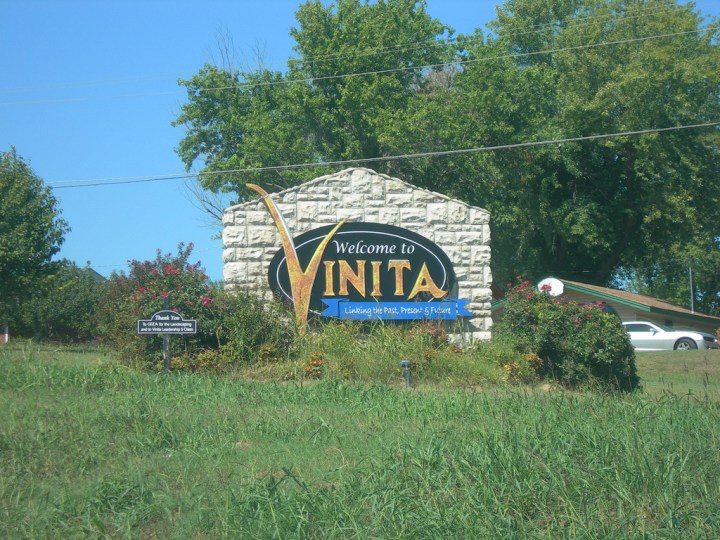
It is also the oldest incorporated town in the state.
Advertisement
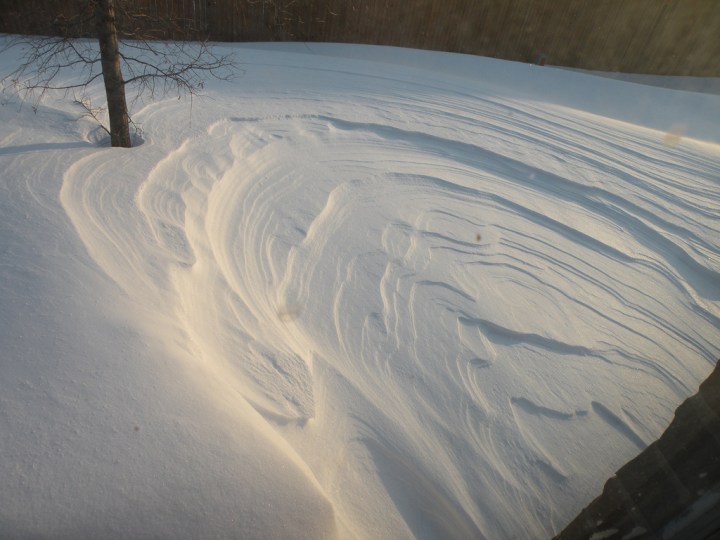
The new record in 2011 broke the previous record of -27°F in Vinita on February 13, 1905, Watts on January 18, 1930, and Guthrie on January 4, 1947.
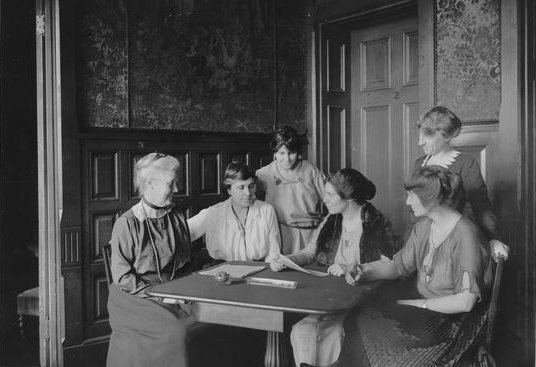
Oklahoma was among first states to allow women the right to vote. It came to a heated debate in Oklahoma before the 19th amendment. The issue was eventually agreed to go before a vote of the people on Nov. 5, 1918.

The oil was discovered in a well that had been drilled for salt. In 1907, before Oklahoma became a state, Oklahoma produced the most oil of any state or territory in the United States.
What facts did you find the most interesting? Hopefully, you learned something new about the history of the Sooner State. If so, comment below and share it with your friends.
OnlyInYourState may earn compensation through affiliate links in this article. As an Amazon Associate, we earn from qualifying purchases.


